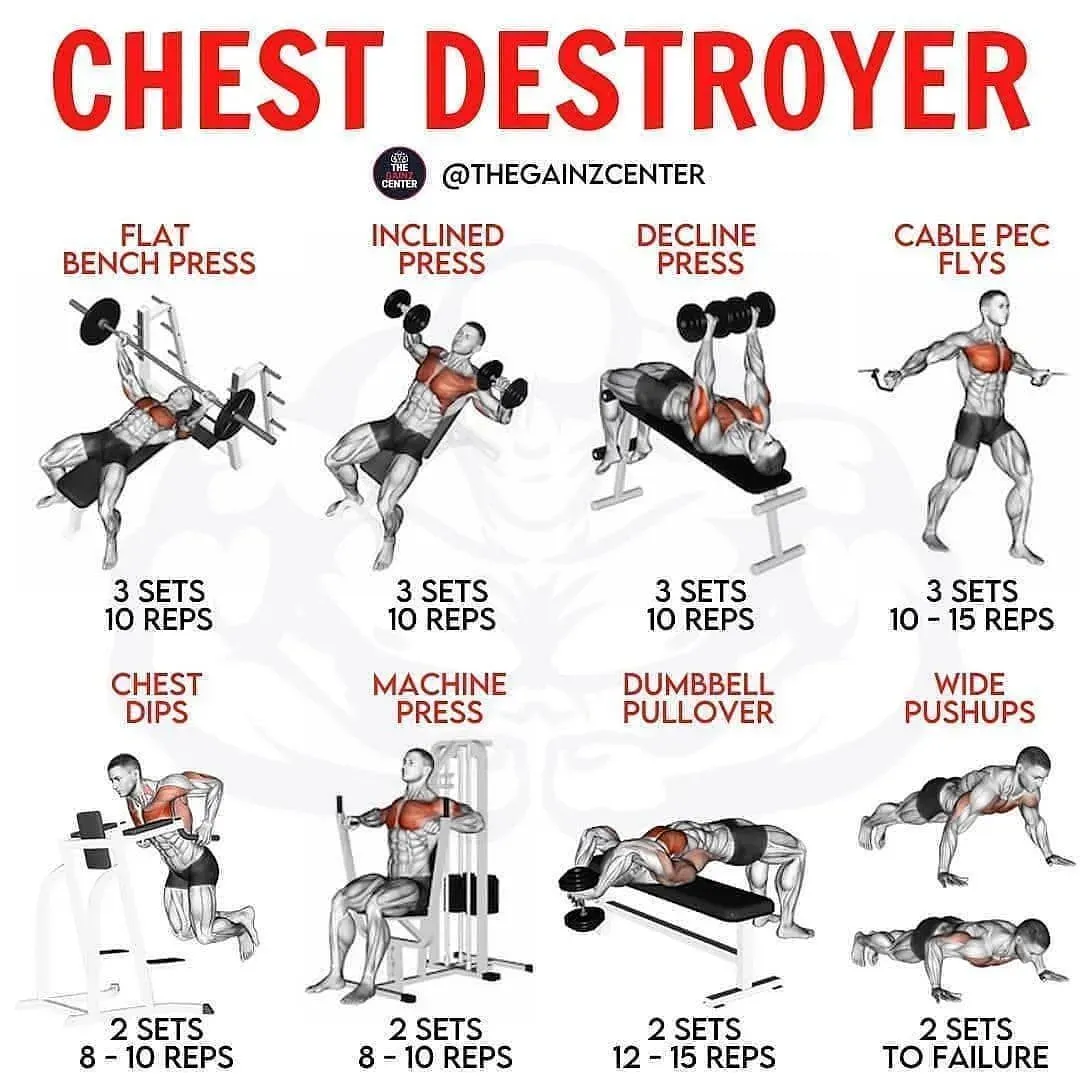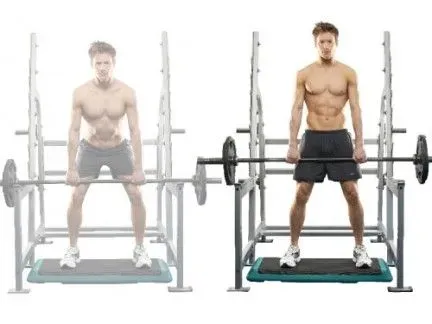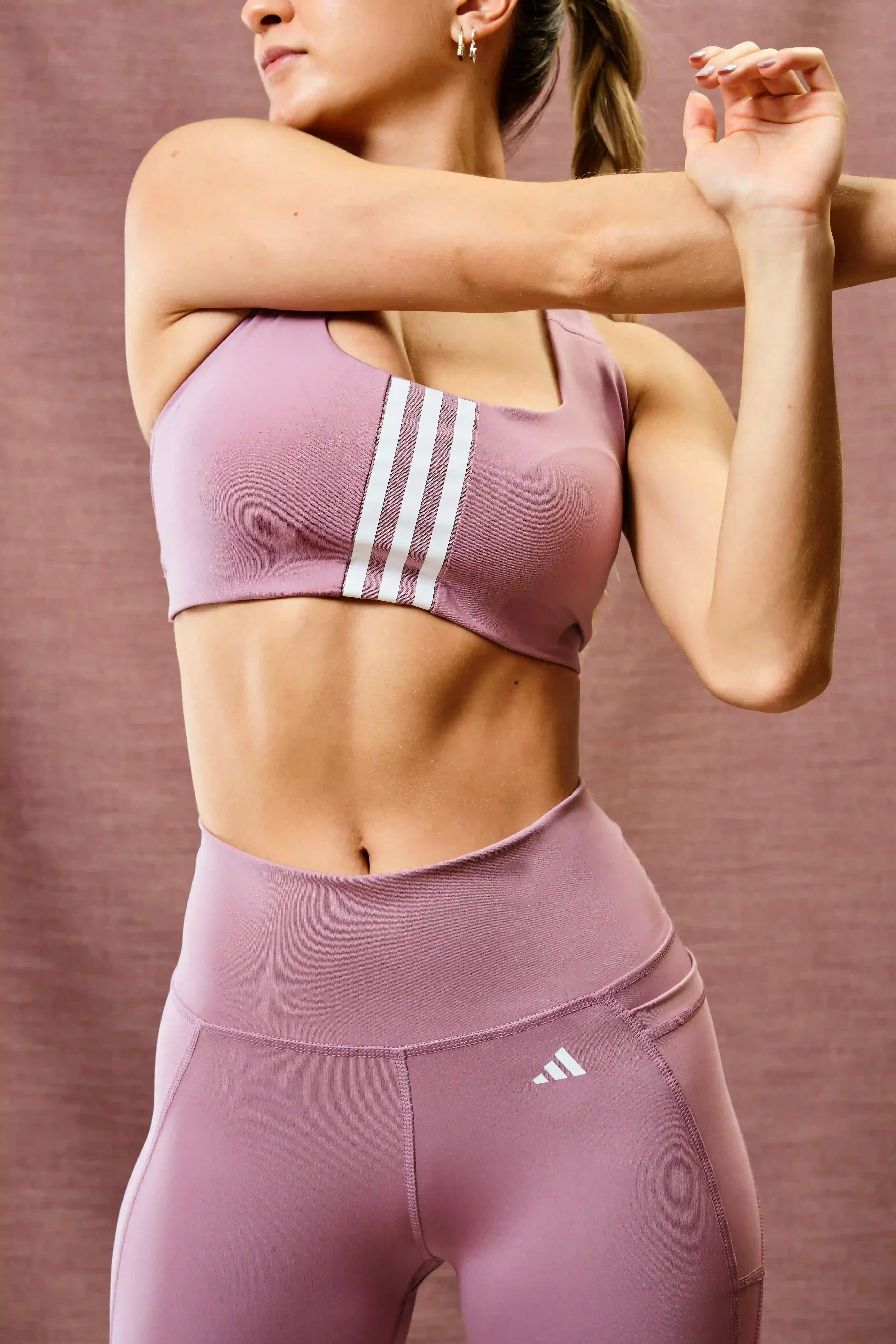Table of Contents
Introduction
Chasing that classic V-taper physique? You know the one – broad shoulders, a powerful back, a narrow waist, and a chest that commands attention. It's a look many strive for, and while genetics play a role, smart training makes a bigger difference than most gym bros admit. Forget endless isolation curls or haphazard bench pressing. Building that aesthetic requires a strategic attack, especially when it comes to your upper body. A key piece of that puzzle is a targeted **v chest workout**. This isn't just about pushing heavy weight; it's about hitting the right angles, building density, and creating that visual sweep that contributes to the overall V shape. We're going to cut through the noise and look at what actually builds a chest that complements a developing taper, covering the essential movements, structuring your routine, and why your diet matters just as much as the reps. Get ready to rethink your chest day.
Understanding the V Taper and Your Chest's Role

Understanding the V Taper and Your Chest's Role
Alright, let's talk about this whole V taper thing. Everyone pictures wide lats and cannonball shoulders, right? And yes, they're huge players. But honestly, you can have lats like barn doors and shoulders that scrape the ceiling, but if your chest is flat or lacks shape, that V just doesn't pop the way it should. Think of the chest as the front-facing anchor of that upper body width. A well-developed chest, especially the upper and outer sweep, pushes out and creates that necessary breadth that makes the waist look smaller by comparison. It’s not just about thickness; it's about the overall form and how it flows into the shoulders and connects with the lats. That's where truly **Understanding the V Taper and Your Chest's Role** becomes critical – it's a key visual component, not just an afterthought.
Building a Powerful V Chest Workout Plan

Building a Powerful V Chest Workout Plan
Start with the Blueprint, Not Just the Bricks
Look, building a V-taper chest isn't just about showing up and pressing whatever machine is free. That's like trying to build a house by just throwing lumber around. You need a plan, a blueprint. A powerful **v chest workout plan** starts with understanding *why* you're doing each exercise. Are you hitting the upper chest for that lift? The outer chest for width? Or the lower chest for definition? Each part contributes to the overall shape. So, before you even touch a weight, think about the angles, the muscle fibers you're targeting, and how it fits into your overall V-taper goal. It's about strategic movement, not just mindless lifting.
Prioritize Compound Lifts and Smart Progression
now for the action. Your plan absolutely needs to be built around compound movements. We're talking bench presses (incline, flat, maybe decline depending on your structure), dips, and push-up variations. These hit multiple muscle groups and allow you to move serious weight, which is crucial for building dense muscle tissue. Isolation work has its place, sure, but it's the icing, not the cake. And once you pick your core exercises, you have to get stronger. Progressive overload isn't a suggestion; it's the rule. Add weight, do more reps, improve your form – something has to get harder over time, or you're just spinning your wheels. Here are some common mistakes I see people make:
- Only doing flat bench press. You need angles!
- Not tracking progress. If you don't know what you did last week, how can you improve?
- Copying someone else's routine blindly. Your body is unique.
Finding the Right Frequency and Volume
So, how often should you hit the chest? For most people looking to build, hitting it directly 1-2 times a week with good volume is usually sufficient, especially if you're also doing shoulder and back work that indirectly involves the chest. Volume means the total amount of work you're doing – sets times reps times weight. Too little, and you won't stimulate growth. Too much, and you'll overtrain and stall. Pay attention to how your body recovers. Soreness is one thing, but persistent fatigue or joint pain means you need to back off or adjust the plan. It's a balance, and finding *your* sweet spot takes some experimentation.
Essential Exercises for Your V Chest Workout

Essential Exercises for Your V Chest Workout
Starting with the Heavy Hitters: Compound Power
Alright, let's get down to brass tacks. Building a chest that contributes to that V-taper isn't about chasing the pump with endless cable crossovers right off the bat. You need exercises that let you move significant weight and recruit a ton of muscle fibers. Think of it like laying the foundation for a skyscraper; you need solid concrete, not just fancy paint. Flat barbell bench press is the classic for a reason – it builds overall mass and strength. But don't stop there. Incline dumbbell presses are non-negotiable for hitting that upper chest, which is crucial for the visual lift and fullness at the top. And dips? If your shoulders can handle them, they are brutal mass builders for the lower and outer chest. These are your bread and butter, the moves you should be prioritizing and progressively overloading week after week.
Targeting the Angles: Shaping Your Pecs
Once you've hammered the compounds, you can start thinking about sculpting. This is where your dumbbells and cables come into play. Incline dumbbell flyes complement those incline presses by stretching the chest fibers at a different angle, helping with that upper chest sweep. Cable flyes, whether performed from a low, mid, or high position, offer constant tension throughout the movement and allow you to really focus on the squeeze. Don't just go through the motions; actively try to bring your biceps together or imagine hugging a barrel. The angle matters – hitting the chest from different directions ensures balanced development and helps create that rounded, full look that makes the V-taper pop from the front. Here are a few key angles to consider:
- Incline (30-45 degrees) for upper chest
- Flat (0 degrees) for overall mass
- Decline (15-30 degrees) for lower chest definition (use cautiously, some argue it's not essential for V-taper)
- Cable or dumbbell flyes from various positions for stretch and squeeze
Execution is Everything: Form Over Ego
It's tempting to load up the bar and bounce the weight off your chest, but who are you impressing? Certainly not your pecs. Proper form is paramount, not just for safety but for effectiveness. You need to feel the muscle working. On presses, control the negative (lowering) phase and drive the weight up with intent, squeezing your chest at the top. For flyes, maintain a slight bend in your elbows and focus on the stretch at the bottom and the contraction at the top. Leave your ego at the door; lifting slightly lighter weight with perfect form will always yield better results than muscling up heavy weight with sloppy technique. Remember, we're building a physique, not just lifting numbers for Instagram.
Sample V Chest Workout Routine for Results

Sample V Chest Workout Routine for Results
Structuring Your Weekly Attack
Alright, so you understand *why* the chest matters for that V-taper and which exercises are your heavy hitters. Now, how do you put it all together into a routine that actually gets you results? You can't just randomly pick exercises on chest day. A solid **v chest workout** routine needs structure. It needs purpose. For most people, hitting the chest directly once or twice a week works well. If you're doing a split routine, maybe pair it with shoulders or triceps. If you're on a full-body or upper/lower split, the chest work gets integrated differently. The key is consistency and ensuring you're recovering enough between sessions. Don't program chest work back-to-back or too close to heavy shoulder pressing days. Your joints will hate you, and your progress will stall faster than a beat-up sedan on a steep hill.
Putting the Pieces Together: A Sample V Chest Workout
Let's lay out a concrete example. This isn't the only way to do it, but it's a solid template to get you started with your **v chest workout**. Remember to warm up properly before diving into these. We're starting with the heavy compounds, then moving to more targeted work. Pay attention to your body and adjust as needed. If your shoulders scream on flat bench, maybe swap it for incline dumbbell presses as your primary movement for a few weeks. This is about building *your* physique, not blindly following a script. Here’s a sample routine structure: | Exercise | Sets | Reps | Focus | Notes | | :---------------------------- | :--- | :------ | :----------- | :----------------------------------------- | | Incline Barbell Press | 3-4 | 6-8 | Upper Chest | Primary strength builder | | Flat Dumbbell Press | 3 | 8-10 | Overall Mass | Control the descent, feel the stretch | | Weighted Dips (or machine) | 3 | As many as possible | Lower/Outer | If dips bother shoulders, use machine | | Incline Dumbbell Flyes | 2-3 | 10-15 | Upper Sweep | Focus on stretch and squeeze | | Cable Crossovers (mid height) | 2-3 | 12-15 | Inner/Outer | Constant tension, focus on contraction |
Making it Your Own and Tracking Progress
A sample routine is just that – a sample. The real magic happens when you make it *yours*. Maybe you find flat bench bothers your wrists, so you swap it for flat dumbbell press as your main compound. Or perhaps you need more upper chest emphasis, so you add an extra set of incline work. The important part is sticking with a routine for a few weeks (say, 4-6) before making drastic changes. This gives you time to see if it's working. And for the love of all that is swole, track your progress! Use a notebook or an app. Write down the exercises, sets, reps, and weight. If you hit 8 reps on your last set of incline press with 185 lbs this week, aim for 9 reps or slightly more weight next week. That consistent effort to do *more* than you did before is the engine of muscle growth and key to a successful **v chest workout**.
Beyond the Gym: Diet and Recovery for a V Taper Chest

Beyond the Gym: Diet and Recovery for a V Taper Chest
Fueling the Machine: Eating for Growth
You can smash your **v chest workout** all day long, but if you're not putting the right stuff into your body, you're basically spinning your wheels. Muscle doesn't just appear out of thin air. It needs raw materials, and lots of them, especially protein. Think of protein as the building blocks. Aim for something like 0.7 to 1 gram of protein per pound of body weight daily. That means chicken breast, lean beef, fish, eggs, Greek yogurt, or a quality protein powder if you struggle to hit your numbers through food alone. And don't be afraid of carbs and fats; your body needs energy to perform in the gym and recover afterward. Getting enough calories overall is non-negotiable for building muscle. Eating at a slight surplus is key. You won't build a V-taper on starvation rations, no matter how perfectly you execute those incline presses. What does a day of eating for muscle look like? It's not complicated:
- Breakfast: Scrambled eggs with spinach and whole-wheat toast.
- Lunch: Grilled chicken salad with avocado and mixed greens.
- Snack: Greek yogurt with berries and a handful of nuts.
- Dinner: Lean ground beef stir-fry with plenty of veggies and brown rice.
- Before Bed: Cottage cheese or a casein protein shake.
The Unsung Hero: Prioritizing Recovery
Alright, you crushed your **v chest workout**, felt a great pump, maybe even hit a new personal best. Awesome. Now what? Now you recover. This is where muscle actually *grows*. You don't get bigger and stronger during the workout; you get bigger and stronger *after* it, when your body repairs the muscle fibers you broke down. Sleep is king here. Aim for 7-9 hours of quality sleep per night. Your body releases growth hormone while you sleep, and that's crucial for recovery and muscle repair. Skipping sleep is like trying to drive a car with no gas – you're not going anywhere productive. Active recovery, like light walking or stretching on rest days, can also help. Listen to your body. If you're still brutally sore or feel completely drained, maybe take an extra rest day or do some light deloading. Pushing through pain is stupid, not tough. Ever feel like you're doing everything right but not seeing results?
Are you getting enough sleep?
Are you managing stress outside the gym?
Are you allowing adequate rest days between taxing workouts?
Consistency and Patience: The Long Game
Building a V-taper, including that well-defined chest, isn't a sprint; it's a marathon. You won't see dramatic changes overnight, and that's okay. The real results come from showing up consistently, week after week, month after month. Stick to your **v chest workout** plan, dial in your diet, and prioritize recovery, even when you don't feel like it. There will be days you feel flat or unmotivated. Push through those. Progress isn't linear; you'll have plateaus. That's when you might need to tweak your routine, adjust your calories, or simply take a planned deload week. Trust the process. Be patient. The dedication you put in consistently, both inside and outside the gym, is what ultimately sculpts that impressive V-taper physique.
Solidifying Your V Taper Chest
Building a chest that enhances your V taper isn't about chasing arbitrary numbers on the bench press or doing every fly variation known to man. It requires a focused approach, targeting the right areas to create that visual width and density. We've covered the importance of integrating specific movements into your **v chest workout**, understanding how they contribute to the overall aesthetic. Consistency, progressive overload, and paying attention to form are non-negotiable. Remember, this is one piece of the V-taper puzzle; your back, shoulders, and waist all play crucial roles. Keep training smart, eat right, and stay consistent. The results won't appear overnight, but dedicated effort yields a physique that speaks for itself.